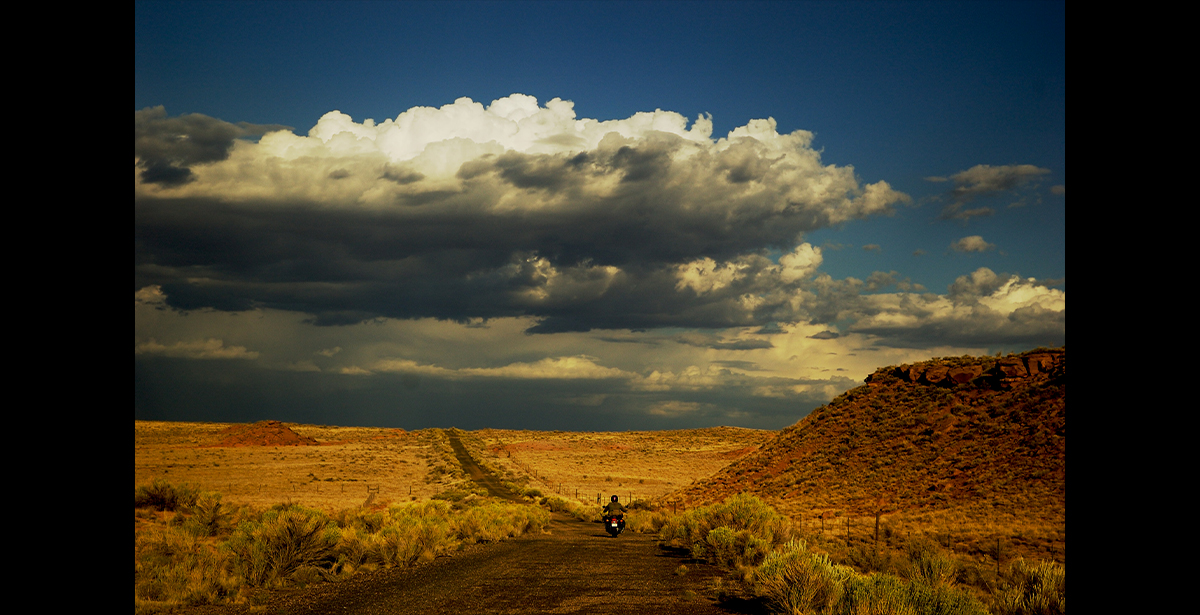With riding season here everyone is itching to get back on the road. But before you head out, it’s a good idea to give your trusty steed a once-over to ensure the bike is as ready to go as you are.
Here’s a quick checklist put together by the good folks at the Motorcycle Safety Foundation to help you get ready to hit the road.
1. Tires and wheels. Since these are where you and the road meet, they’re probably the most important things to look over. A problem can affect handling, sometimes severely. Check to be sure your rims are free of dents, your spokes are tight and straight, your tire pressures are correct. Make sure you have plenty of tread.
2. Controls and cables. A snapped throttle or clutch cable can leave you on the side of the road, so check those. Operate anything connected to a cable and make sure that levers and cables feel smooth and don’t bind. Apply the front brake and push the bike forward. The brake should feel firm, and the front wheel should not move. Check the rear brake in the same fashion.
3. Lights and horn. Seeing and being seen are two great ways to avoid unwanted incidents on the road, so make sure your lights work. Do the high beam and low beam work? The taillight? Does the brake light come on when you depress the brake pedal and lever? Check left and right turn signals, front and rear. Check your horn.
4. Oil and fuel. Running out of gas is a drag. Check the gas level in the tank and be sure your fuel petcock isn’t on “reserve,” which could leave you with a nasty surprise if you roll to a stop thinking you’ve still got gas in reserve. Running out of gas can be inconvenient, but running out of oil can turn your bike into an inert display of public art. Even some new bikes can use enough oil to be down a quart between oil changes, so check it before every ride.
5. Chassis. Sit on the bike and rock it, making sure that everything moves smoothly and relatively slowly. If the front or rear end behaves like a pogo stick, a trip to your trusty mechanic should be in your immediate future. If you have an adjustable suspension, remember to read your owner’s manual and adjust it properly for the load you’ll be carrying and the type of riding you’ll be doing.
6. Sidestand and centerstand. Make sure they aren’t cracked or bent. Check the spring or springs. Are they in place, and do they have enough tension to keep the stand safely up? Don’t forget to look at the engine cut-out switch, if so equipped.






